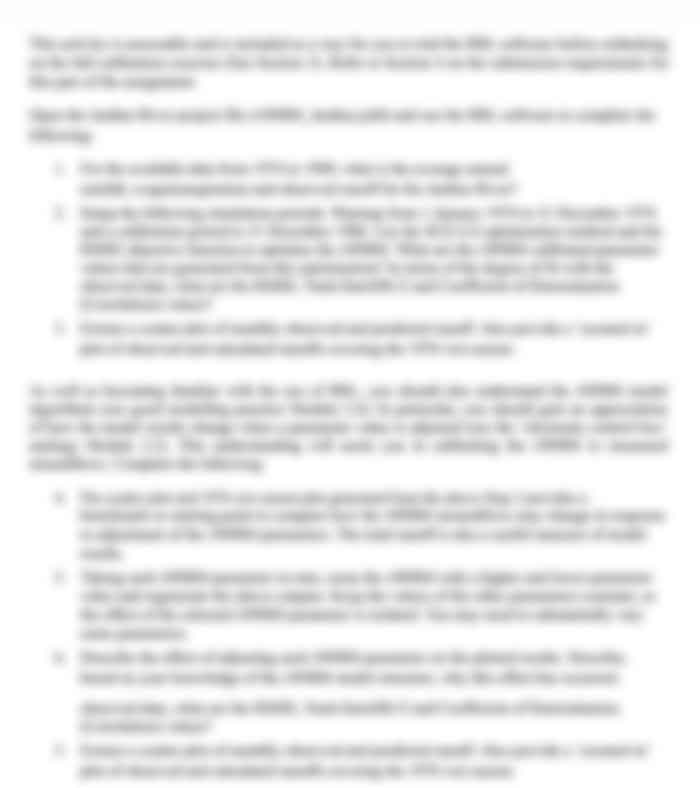National Childrens Nutrition and Physical Activity Survey
You now need to conduct the study that you proposed Critical Literature Review and Research Proposal using either qualitative or quantitative data In this Assessment Task you will present your research findings as a scientific manuscript. If undertaking a quantitative project, following the manuscript should be written in the style of the American Journal of Clinical Nutrition (http://ajcn.nutrition.org/site/misc/ifa_format.xhtml). If undertaking a project on qualitative methods, the manuscript should be written according to style requirements of the journal Public Health Nutrition (https://www.cambridge.org/core/journals/public-health-nutrition/information/instructionscontributors).
The manuscript will be assessed against the following criteria:
Title (5%): Is captivating, informative and introduces the subject in a clear and concise manner.
Abstract (5%): Accurate, self-contained, concise/specific. Outlines background, research problems or hypotheses, subjects, methods, major findings and possible implications.
Introduction and rationale for study (10%): As you will have written a detailed literature review that will have been examined as part of Assessment Task 1, this section of the manuscript will be concise, and focused on the particular aims of your project. It will be accurate and well-organised. It will contain a summary of previous literature: concise without irrelevancies, critical, well integrated. Research rationale: developed logically, research design well justified. Clear development and statement of research problems, questions or hypotheses. Line of argument clearly developed and justified throughout.
Methods (20%): Appropriate implementation of design: adequate sample, appropriate apparatus, materials, and procedure. Comprehensive coverage of all relevant methodological detail.
Results (25%): Well organized, thorough coverage of the findings. Valid/appropriate analyses conducted and correctly reported, with no significant gaps. All stated research problems or hypotheses tested. Appropriate use of descriptive statistics/figures/tables (where applicable). Correct use of tables/figures: labels are clear and informative; appropriate appendices. Points/arguments are developed logically. Statistics used appropriately, correctly and completely reported (where applicable). Good summaries of major findings.
Discussion (25%): Accurate and logical interpretation of the findings and their implications. Demonstrates thorough grasp of the research area and the relationship between the present findings and past research: adequately evaluates present findings in the context of previous research. Addresses all of the major facets of the data. Accounts for any contradictions or inconsistencies in the data sensibly. Identifies limitations of the research and suggests appropriate ways to redress these shortcomings. Further research possibilities may be raised.
Presentation / Organisation and compliance with required journal format (journal requirements must be included as an appendix) (10%) Expression fluent, concise and clear. Accurate spelling and grammar. Consistent and appropriate use of formatting: citation and referencing adheres to an appropriate style. Care shown in the overall presentation. Well organised: manuscript structure is clear.

